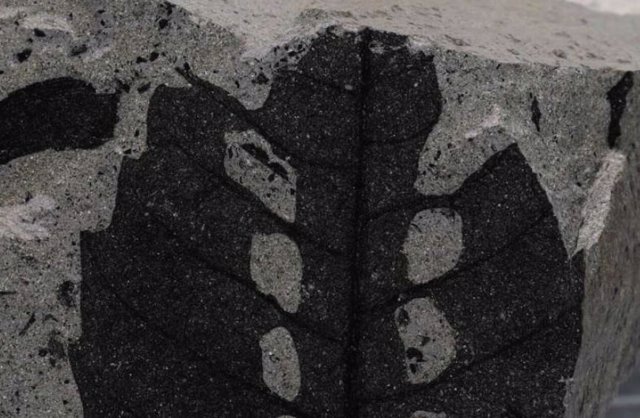17 Feb. () –
The nyctinastia, the capacity that many plants have for their flowers and leaves adopt different positions in relation to day and nightcan date back to 250 million years ago.
Similar to human sleep movements, nyctinastia involves circadian rhythmic movements of the leaves, the origin, evolutionary history, and functional benefits of which have been ambiguous, due to a lack of fossil evidence, until researchers found fossils of floors showing damage inflicted by insects.
Led by Feng Zhuo, a researcher at Yunnan University in southwest China, the team of scientists compared the symmetrical patterns of insect damage on living folding leaves with those on leaves of extinct plants 250 million years ago. reports Xinhua.
They concluded that the fossil leaves were attacked when they were folded or “asleep”, which was the first evidence of leaf nyctiosis in fossil plants. The finding is published in Current Biology.
In addition, they analyzed a large number of specimens and found that leaf nymphosis evolved independently among various groups of plants.





![[Img #74851]](https://thelatestnews.world/wp-content/uploads/2025/01/The-metaphors-we-use-about-life-150x150.jpg)






![[Img #74851]](https://thelatestnews.world/wp-content/uploads/2025/01/The-metaphors-we-use-about-life-300x200.jpg)
